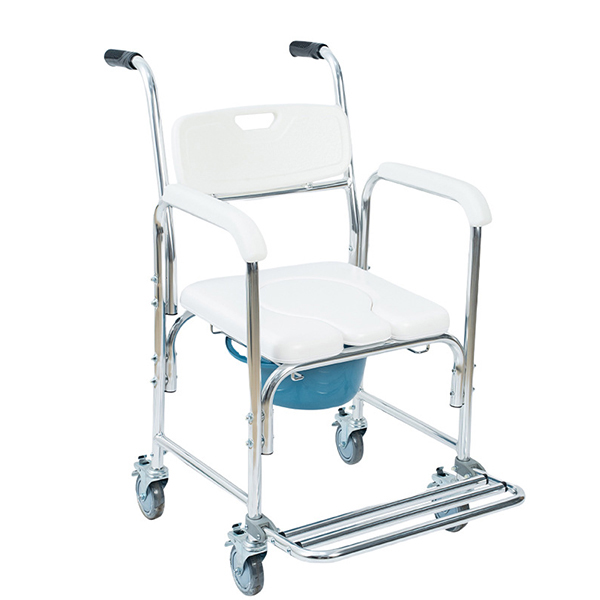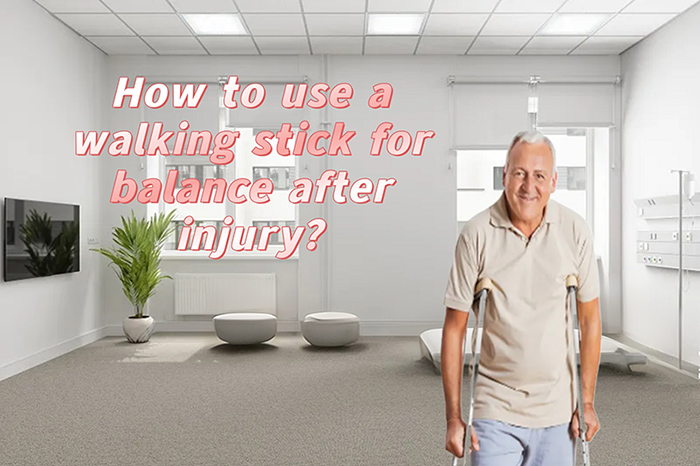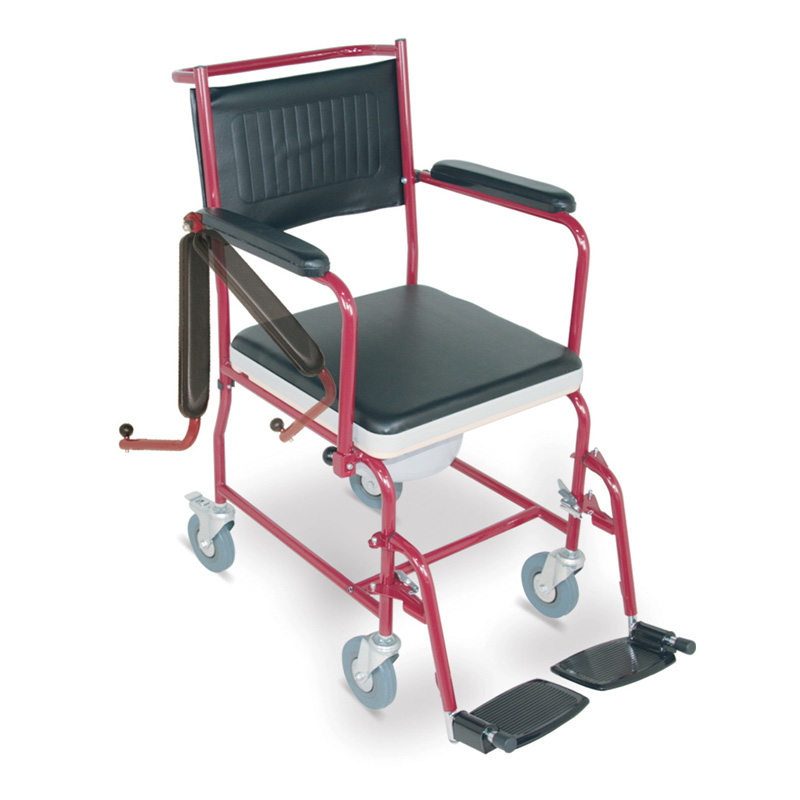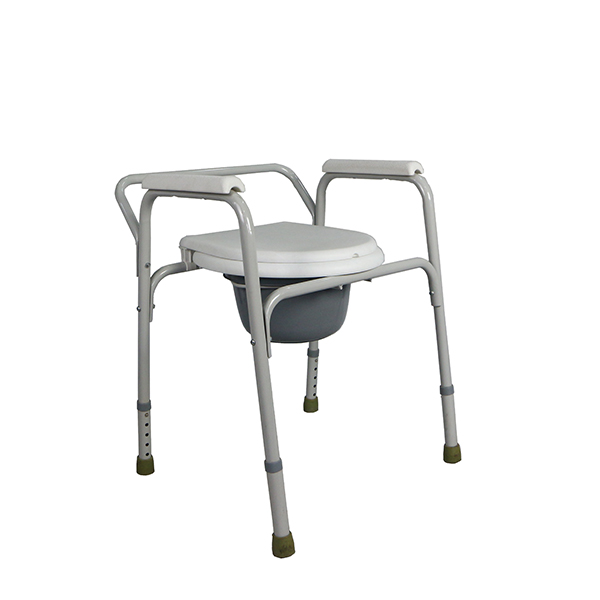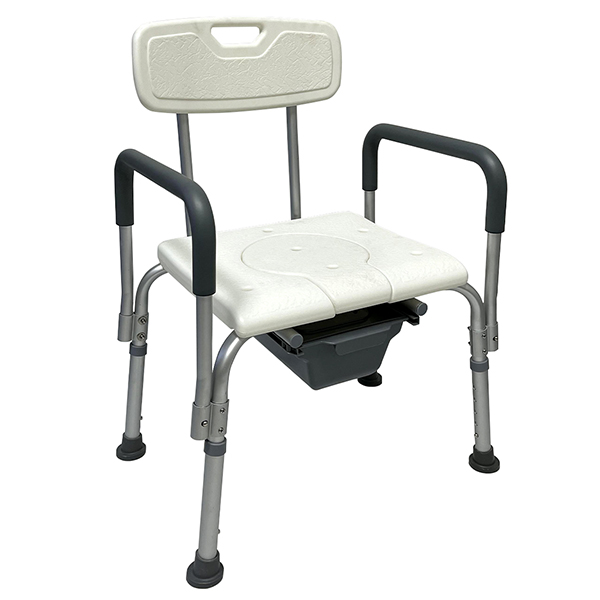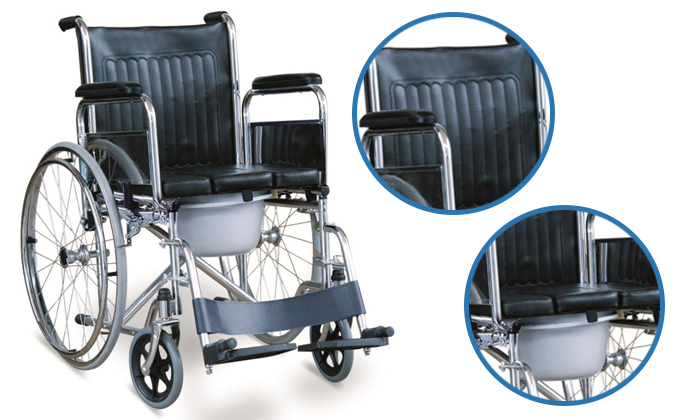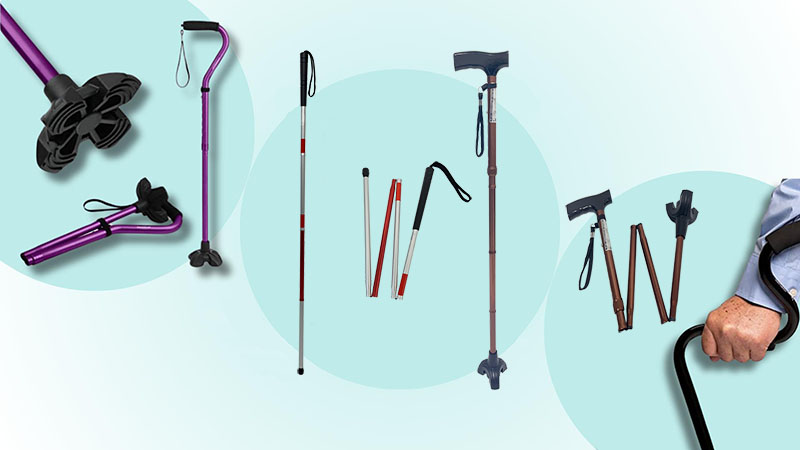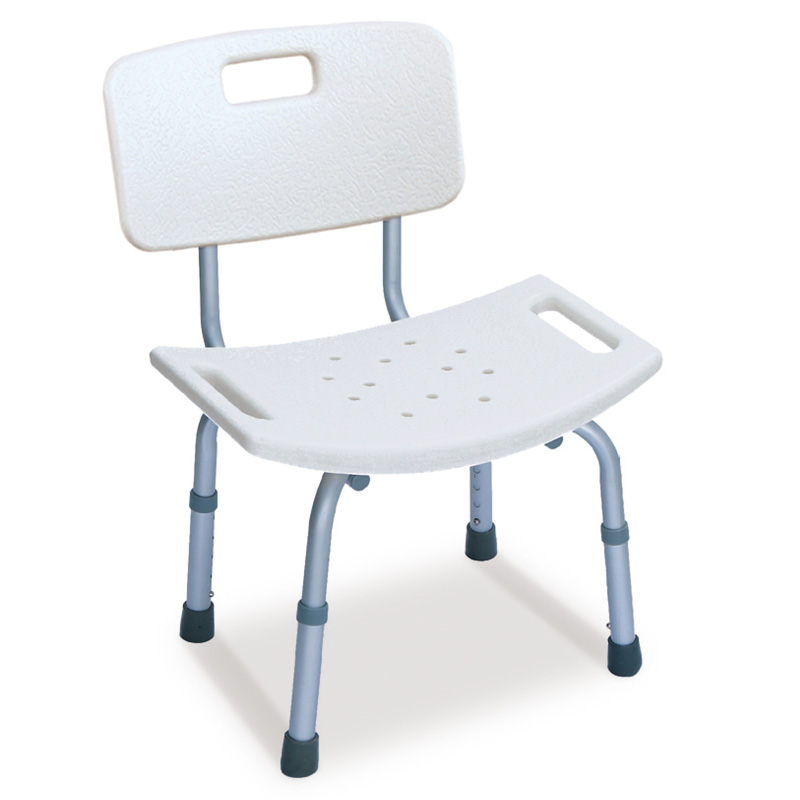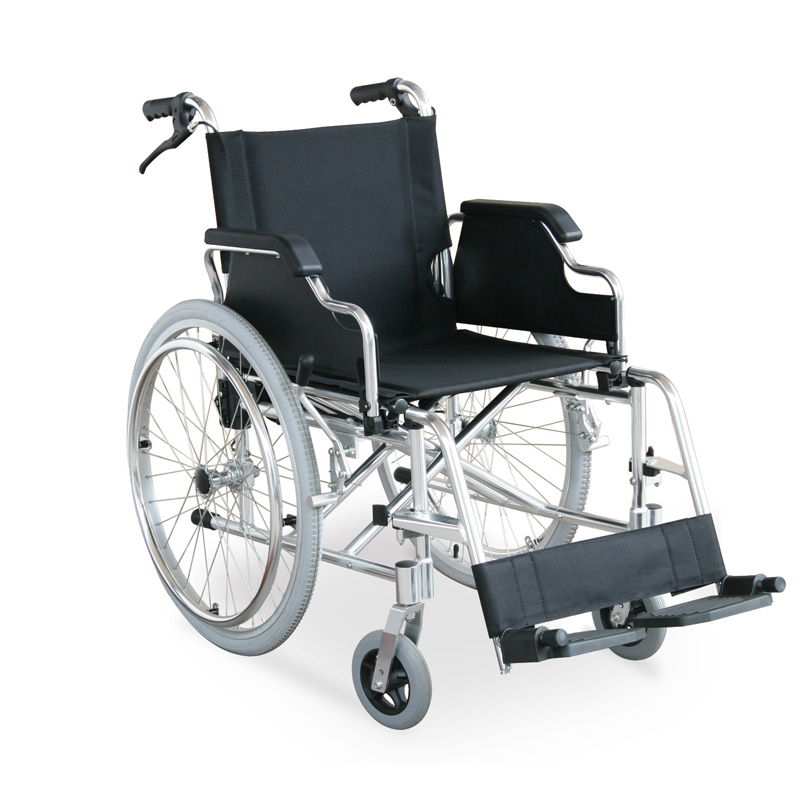- Home
- >
- Products
- >
- Hand Crutch
How to use a walking stick for balance after injury?
How to use a walking stick for balance after injury?
After lower limb injuries such as ankle sprains and knee injuries, walking sticks are an indispensable assistive tool during the rehabilitation period. Their core function is to help users maintain balance and reduce the burden on the injured limb. However, many injured individuals experience problems with balance control and incorrect posture when using walking sticks, which not only affects the rehabilitation process but may also cause secondary injuries. Therefore, this article, combining advice from rehabilitation specialists and information on three mainstream crutches on the market, details techniques for maintaining balance when using walking sticks after an injury.
"Using walking sticks correctly is key to maintaining balance, and choosing the right walking sticks for your individual needs is essential," said a rehabilitation specialist. Different injuries and different stages of rehabilitation require different types of walking sticks, and the corresponding methods for maintaining balance also vary. Currently, the mainstream walking sticks on the market mainly fall into three categories: elbow crutches, armpit crutches, and hand crutches. Among them, four-legged elbow crutches, armpit crutches, and three-legged hand crutches are favored by many consumers due to their respective structural advantages.
Our four-legged support elbow crutch, with its stable design, has become a popular elbow crutch for post-operative rehabilitation patients.This elbow crutch distributes weight across all four legs, providing a larger contact area compared to traditional single-leg crutches, effectively reducing the risk of tipping.When using this elbow crutch, place your elbow in the elbow support, grip the handle naturally with your wrist, and shift your weight onto the triangular support area formed by your healthy side and the elbow crutch.Experts emphasize that when walking, the elbow crutch should be moved first, then the affected foot, and finally the healthy foot, always using the elbow crutch to maintain stability.This elbow crutche is adjustable in multiple height settings to suit different people, and the four feet are equipped with non-slip rubber pads to further improve balance and safety when using the elbow crutch.
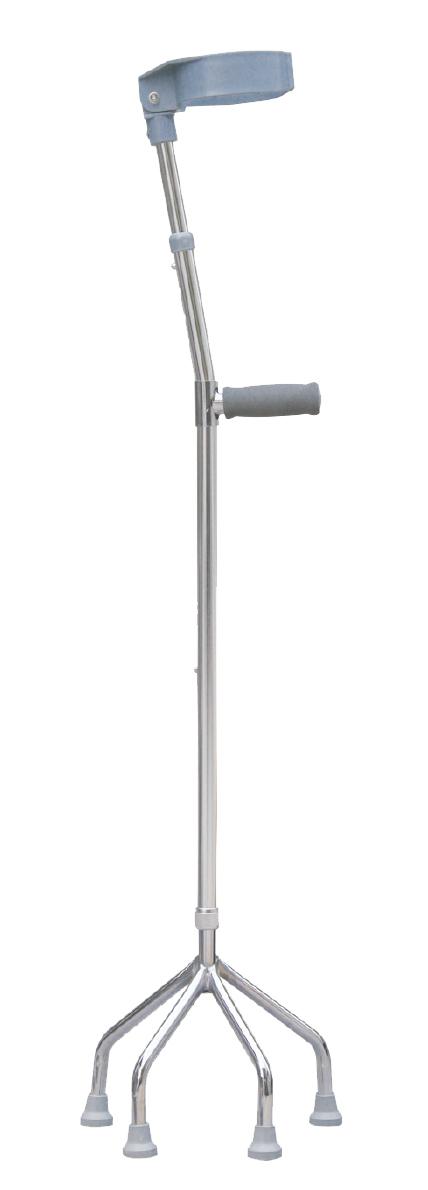
For injured individuals requiring stronger support, our company's axillary crutch is a more suitable choice.This axillary crutch provides ample support through dual force distribution via the armpit and hand, making them particularly suitable for those in the early stages of lower limb fractures and those with weak muscles.When using this axillary crutch, experts advise: leave a 1-2 finger gap between the armpit and the axillary support to avoid compressing nerves and blood vessels; adjust the handle height so that the wrist is naturally bent and level with the hip joint.When walking, follow the "right side first, then the side with the injury" principle: first move both axillary crutches forward simultaneously, then step with the side with the injury, and finally step with the side with the healthy side.Technicians say the axillary crutch is made of high-strength aluminum alloy, balancing support and lightweight design.The handle of the axillary crutches is non-slip and breathable, improving comfort during long-term use.The shock-absorbing and anti-slip design at the bottom of the axillary crutches ensures balance on different surfaces, showcasing their reliable advantages.
In addition to the two products mentioned above, triangular support hand crutches are also popular among some injured individuals due to their flexibility and convenience. This hand crutch employ a triangular stability structure, balancing stability and flexibility, making them suitable for people with minor injuries who require short-term walking assistance. When using hand crutch, grip the handles and distribute your body weight using the triangular support surface. When using hand crutch, the pace can be slightly faster than with four-legged elbow crutches or armpit crutches, but it is still necessary to pay attention to maintaining a stable center of gravity.The anti-slip textured design on the bottom of this hand crutch provides reliable grip even on wet surfaces,this further highlights the advantages of this hand crutch in scenarios such as home rehabilitation and short-distance travel,this makes users feel more at ease when relying on the cane for assistance.


In short, regardless of the type of walking sticks chosen,it is best for injured people to consult a rehabilitation doctor or professional rehabilitation therapist before using walking sticks, and to master the correct usage method. Furthermore, during use, it is essential to regularly check the walking sticks for structural integrity and wear on the anti-slip pads, replacing any damaged parts on your walking stick promptly to prevent equipment problems from affecting your balance and causing accidents.
-
![Shower Mobilen Aluminum Toilet Chair Pregnant Woman]()
Shower Mobilen Aluminum Toilet Chair Pregnant Woman
This mobile potty chair is multifunctional and especially suitable for people with mobility impairments.This commode wheel chair with brake features a custom-designed, wear-resistant textured surface.This mobile potty chair features a food-grade, thickened PP backrest, seamlessly molded in one piece with a non-slip textured surface.This commode chair with cushion features a waterproof, soft seat cushion.The commode chair with cushion's commode has been deepened and enlarged, with a sealed lid to prevent odors.The aluminum washing up chair is equipped with 5-inch silent omnidirectional wheels.The aluminum washing up chair is also equipped with a foldable footrest to support the legs and reduce pressure.This mobile potty chair is suitable for various scenarios.This mobile potty chair gives people with mobility impairments more freedom and safety in their lives.
-
![How to use a walking stick for balance after injury?]()
How to use a walking stick for balance after injury?
After a lower limb injury, walking stick is a crucial rehabilitation tool. However, improper use can easily lead to secondary injuries. Choosing the right walking stick is essential; the mainstream elbow crutches, armpit crutches, and hand crutches are suitable for different scenarios.The four-legged support elbow crutch improves stability with its four-legged weight distribution design, making it suitable for postoperative rehabilitation. When using this elbow crutch, the elbow is placed in the elbow support and the handle is gripped, with the center of gravity falling on the triangle formed by the healthy side and the walking stick.Axillary crutches provide strong support through the combined force of the armpit and hand, making them suitable for people in the early stages of fractures or those with weak muscles.The hand crutch, with its three-legged triangular structure, balances stability and flexibility, making it suitable for those with minor injuries.Whether it's an elbow crutch, armpit crutch, or hand crutch, you should consult a professional before using it and regularly check the safety of the equipment.
-
![JIANLIAN HOMECARE PRODUCTS CO., LTD participated in MEDICA Germany 2024]()
JIANLIAN HOMECARE PRODUCTS CO., LTD participated in MEDICA Germany 2024
Jianlian Home Furnishings will attend the MEDICA exhibition held at the Düsseldorf Exhibition Center from November 11 to 14, 2024, booth 16, C54-8. MEDICA is a top medical event with thousands of exhibitors, elites from all walks of life and rich programs. Welcome to visit.
-
![Manual Wheelchair With Toilet Commode For Elderly]()
Manual Wheelchair With Toilet Commode For Elderly
Get the latest price? We will reply as soon as possible (within 12 hours)


